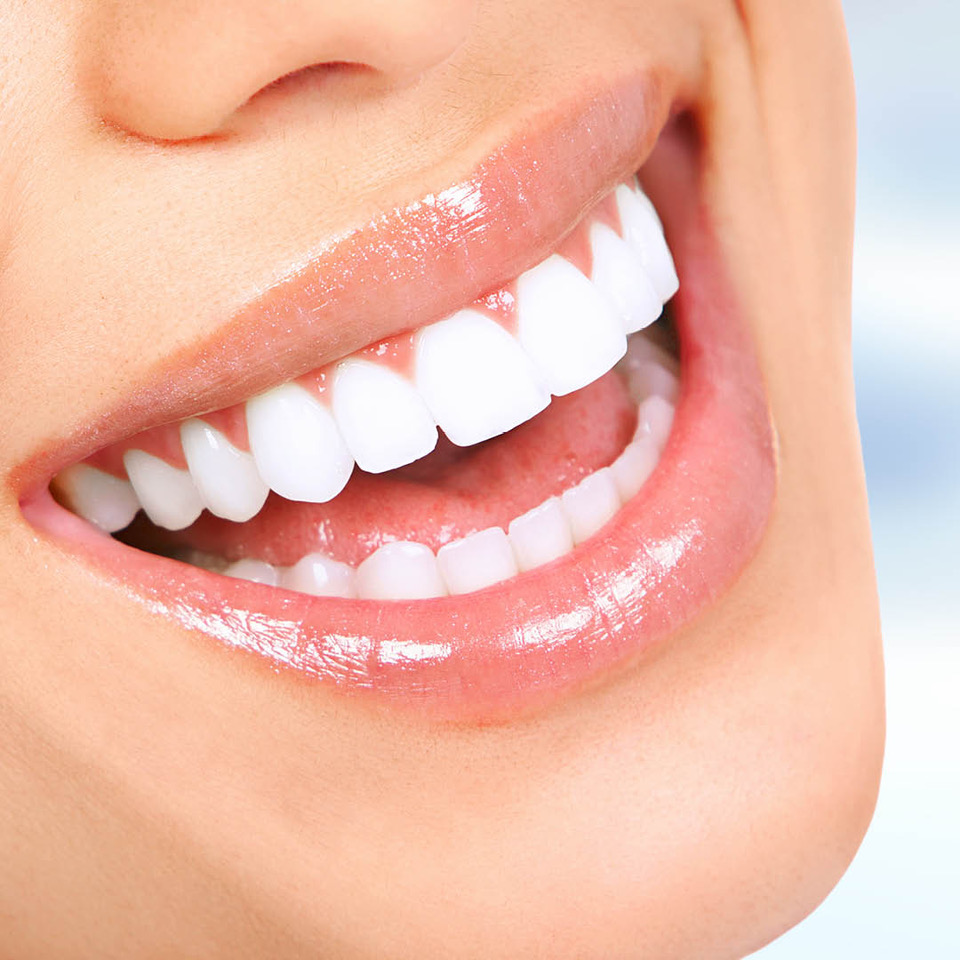Crooked teeth causing concern? Modern dental and orthodontic techniques can deliver the even, straight smile you’re craving.
What causes crooked teeth?
There are many causes of crooked teeth (medically referred to as malocclusion). These range from genetics to thumb sucking and even poor jaw development. Mouth breathing, tongue thrusting, reverse swallowing, allergies, asthma and open mouth posture are also culprits.
Why do I need to fix crooked teeth?
Vanity is a valid reason. Several studies prove that a straighter smile improves self-esteem and confidence. However, crooked, crowded or uneven teeth can also impact dental health and function.
Crooked teeth and jaw problems can contribute to improper cleaning of teeth, leading to tooth decay, gum disease or missing teeth. Orthodontic problems left untreated can cause chewing and digestion difficulties, speech impairments, abnormal wear of tooth surfaces and even gum damage.
Can Crooked Teeth Be Easily Fixed?
Yes! Corrective methods include traditional metal braces, clear and tooth coloured orthodontics and mouthguards that gradually correct a crowded mouth. Although the length of treatment is usually longer for adults, as the jawbone is denser, the process is the same at any age. Experts advise the optimal time to start orthodontic treatment is around 12 years of age.
Early examination allows orthodontists to detect and evaluate problems and create treatment plans for effective long-term results. Also, early treatment can prevent orthodontic problems becoming worse. It may also result in shorter and less complicated treatment in adults.
Traditional, Tooth Coloured or Clear Braces
Metal, clear ceramic or acrylic braces are commonly used to straighten crooked teeth. The wires and elastics can also be tooth coloured and will not show up in photographs. They straighten teeth gradually, with regular adjustments required according to the movement of the teeth.
Treatment time varies, depending on the needs of the patient, however the smile will eventually be straight and even. The treatment is well tolerated, although some patients may experience discomfort. You can discuss pain relief with your dentist or orthodontist.
Lingual or Invisible braces
These sit on the inside of the teeth and do not show at all. They are fitted in a procedure similar to normal braces.
The treatment time is the same as with traditional braces and dependent on the individual patient. Comfort level varies, as with other treatments and patient tolerance.
These braces are very flat and quite comfortable after initial adjustment. It may take two weeks for speech to adjust, as positioning can interfere with tongue movement. However, patients can enjoy a straight smile once treatment is complete.
Mouth Moulding Guards
A series of thin clear plastic trays similar to a mouthguard is used to align the teeth. Each tray moves the teeth a fraction. Between five and 35 trays are used, depending on the amount of movement necessary. These trays are almost invisible and should be worn daily, only removing when you need to eat.
They work best when minor straightening is required, as there is limited potential to move teeth compared to normal braces.
Accelerated Osteogenic Orthodontics
This procedure combines orthodontic treatment with gum surgery to accelerate the straightening. First, periodontal surgery (gum surgery) lifts the gums and scores the bones. The surgeon places synthetic bone material and antibiotics around the teeth and sews the gums back in place, before fitting the orthodontics. The trauma stimulates an inflammatory response and activates the bone to remodel, allowing for rapid tooth movement. Orthodontic adjustments are made every two weeks to keep the process active.
The surgery is performed under general anaesthetic or sedation and there is usually a two-day recovery. The orthodontics is no more painful than normal orthodontic treatment. Permanent results can be accomplished in approximately three to eight months, depending on the patient’s requirements.











